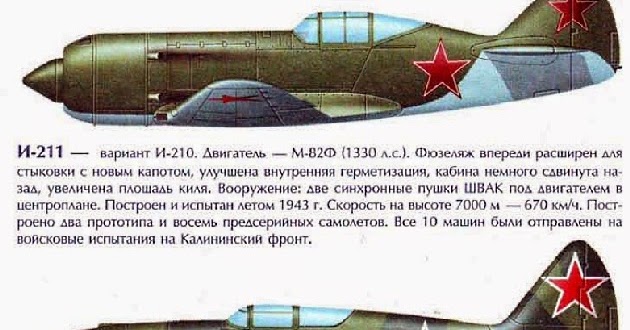BarnOwlLover
Staff Sergeant
I got this idea from some discussions I've had elsewhere and something that was brought up in a thread about making a "Spitfire into a baby Tempest". I sort of don't think that the Spitfire IX as built would be 100% suitable for what was mentioned in that thread for a "multi-role" fighter.
Here's what I'm thinking of, and I want those who know more/better than me to chime in. I was thinking of an aircraft powered by a 1700-2000+hp Rolls Royce Merlin or a 2000-2300+hp Rolls Royce Griffon. Both are intended to use two stage superchargers. The intended roles are interceptor, escort fighter and ground attack. This aircraft is intended to be the lightest for the power plants, and suitable armor, self sealing fuel tanks, and range, while being both fast climbing and highly maneuverable.
Basically, the broad specs are a top speed 440-460+mph, a range of 700+ miles on internal fuel (and up to 1500 with drop tanks), a climb rate of 4500+ ft/min., a large wing to minimize wing loading, the ability to carry 1000-2000 lbs of bombs or 8-16 RP-3 rockets or 6-8 HVARs, and the use of Fowler or Fairy-Youngman type flaps for good low speed performance and combat maneuvering.
The aircraft can be made out of wood or aluminum (or a mix of the two), has to be easy to make and maintain, be durable, and maintain performance in concert with those attributes.
Of course, I should note that this was basically what many late war IJA/IJN fighters were aiming for. So maybe use that as a reference if those designers had the Merlin of Griffon available to them.
Here's what I'm thinking of, and I want those who know more/better than me to chime in. I was thinking of an aircraft powered by a 1700-2000+hp Rolls Royce Merlin or a 2000-2300+hp Rolls Royce Griffon. Both are intended to use two stage superchargers. The intended roles are interceptor, escort fighter and ground attack. This aircraft is intended to be the lightest for the power plants, and suitable armor, self sealing fuel tanks, and range, while being both fast climbing and highly maneuverable.
Basically, the broad specs are a top speed 440-460+mph, a range of 700+ miles on internal fuel (and up to 1500 with drop tanks), a climb rate of 4500+ ft/min., a large wing to minimize wing loading, the ability to carry 1000-2000 lbs of bombs or 8-16 RP-3 rockets or 6-8 HVARs, and the use of Fowler or Fairy-Youngman type flaps for good low speed performance and combat maneuvering.
The aircraft can be made out of wood or aluminum (or a mix of the two), has to be easy to make and maintain, be durable, and maintain performance in concert with those attributes.
Of course, I should note that this was basically what many late war IJA/IJN fighters were aiming for. So maybe use that as a reference if those designers had the Merlin of Griffon available to them.
Last edited:

